Cool features discovered during the Simplisafe Keypad teardown
Previously, we’ve done teardowns on three of Simplisafe’s sensors: the Water Sensor, the Temperature Sensor, and the Motion Sensor. Each time, we found interesting features, as well as unique design and manufacturing choices. This week, we shift gears from sensors to peel back the layers of the SimpliSafe Keypad. We set out to understand its mechanical design, user interface choices, and assembly techniques.
Our full 5-minute video analysis is below, followed by our five favorite features.
Let us know which type of content you prefer for these teardowns! Written? Video? Combo of both (like this post)?
Cool feature #1- Navigation buttons integrated into the screen
The four tactile navigations buttons under the screen create a nice hands-on clickiness on the display module. Super satisfying.
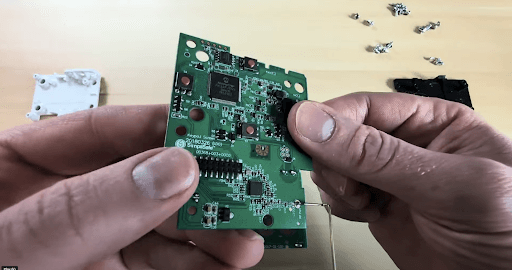
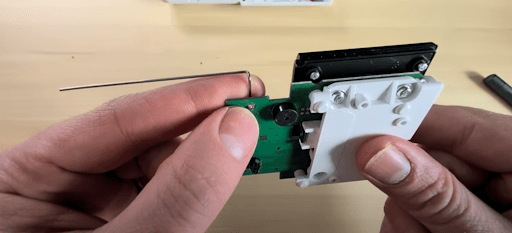
Cool feature #2 – PCBA layout and connection between them
The header used to nest the boards together is smart! If you have components with buttons at different heights, this is a nice way to connect everything together. In this case, stacking the boards allows you to get the keypads high up, but also integrate the battery features in the back and lets you get the display module where you need it.
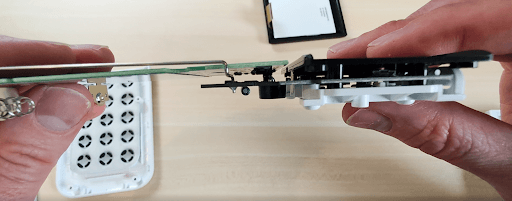
Cool feature #3 – Mounting bracket design
The way the mounting bracket slides and clicks into place is really nicely done. I like the integrated 3m tape with access to pull off the tabs. The V-groove and install features are well thought out.
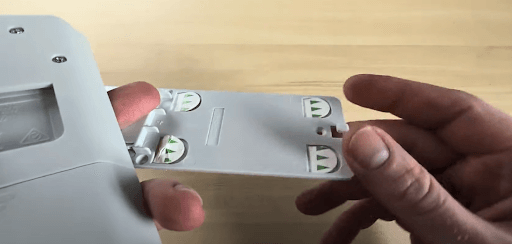
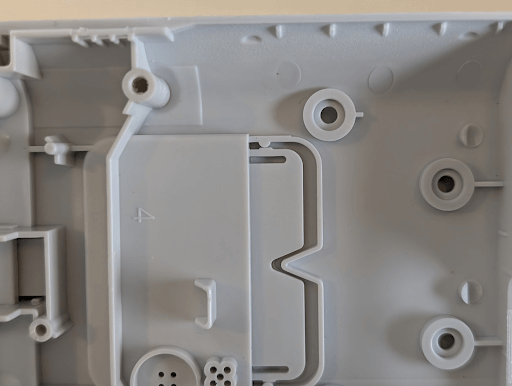
Cool feature #4 – The programming or debugging holes
There are four holes next to the piezo buzzer that I think are for programming or debugging purposes. The four holes allow pogo pins to press on pads on the main circuit board after the device is assembled. Neat!
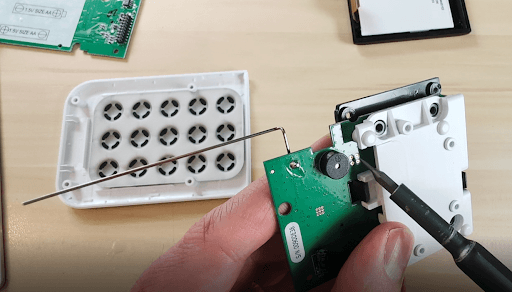
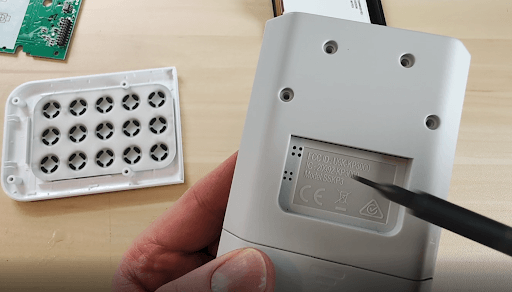
Cool feature #5 – Power button design and placement (the red button)
Living hinges in the plastic deform and provide that button springiness. The button in the middle is a right-angle surface-mount component, and there are some keyed features, so you can’t install it upside down. Cantilevers are a great way to add a light spring force to something like a button.
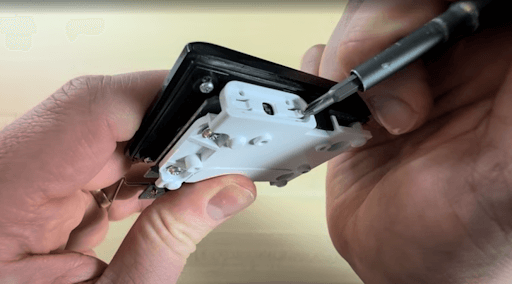
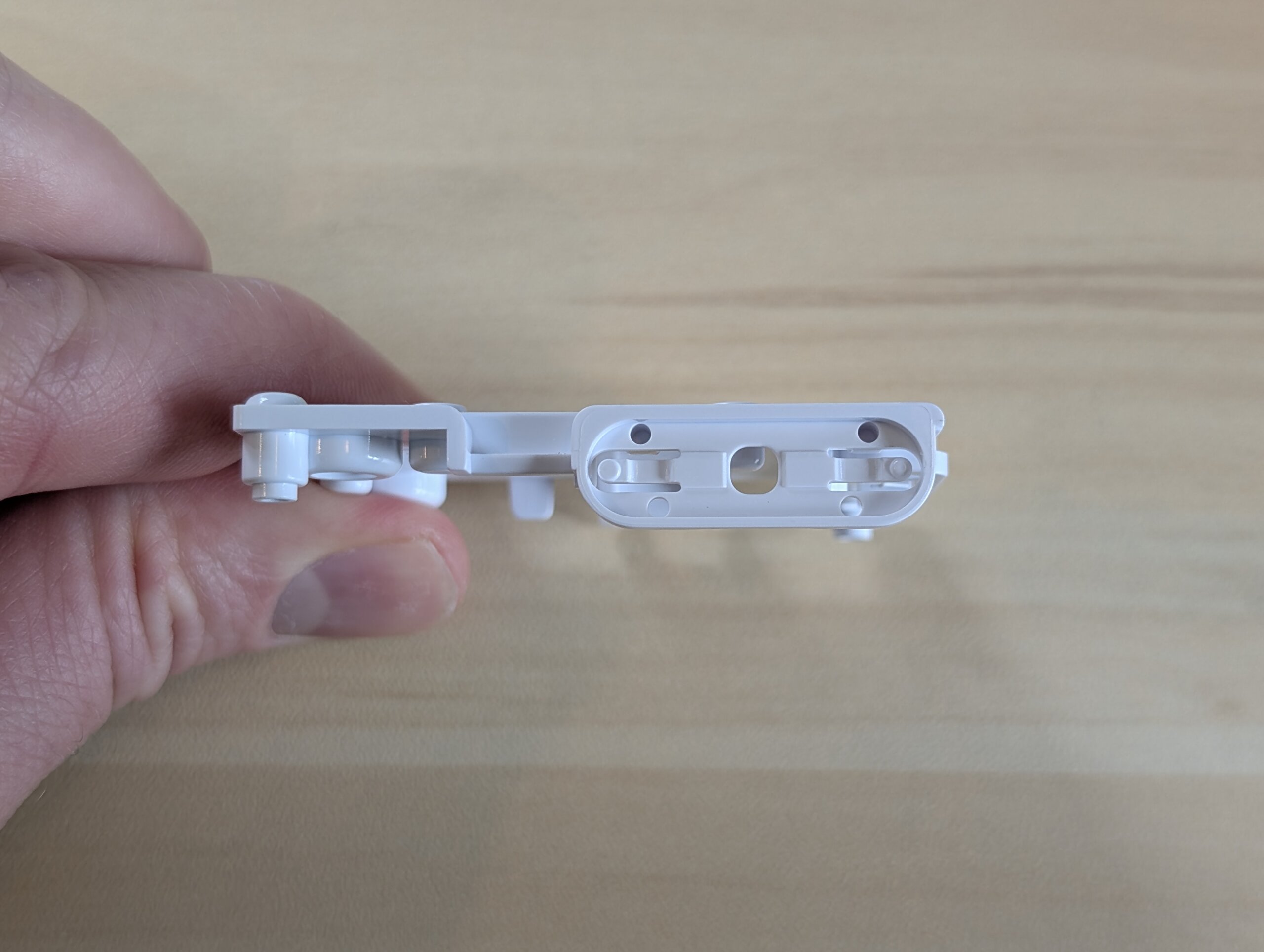
Area for improvement:
There are a ton of screws that were used throughout, and many different types of fasteners. There’s probably opportunities to use snaps to reduce parts here!
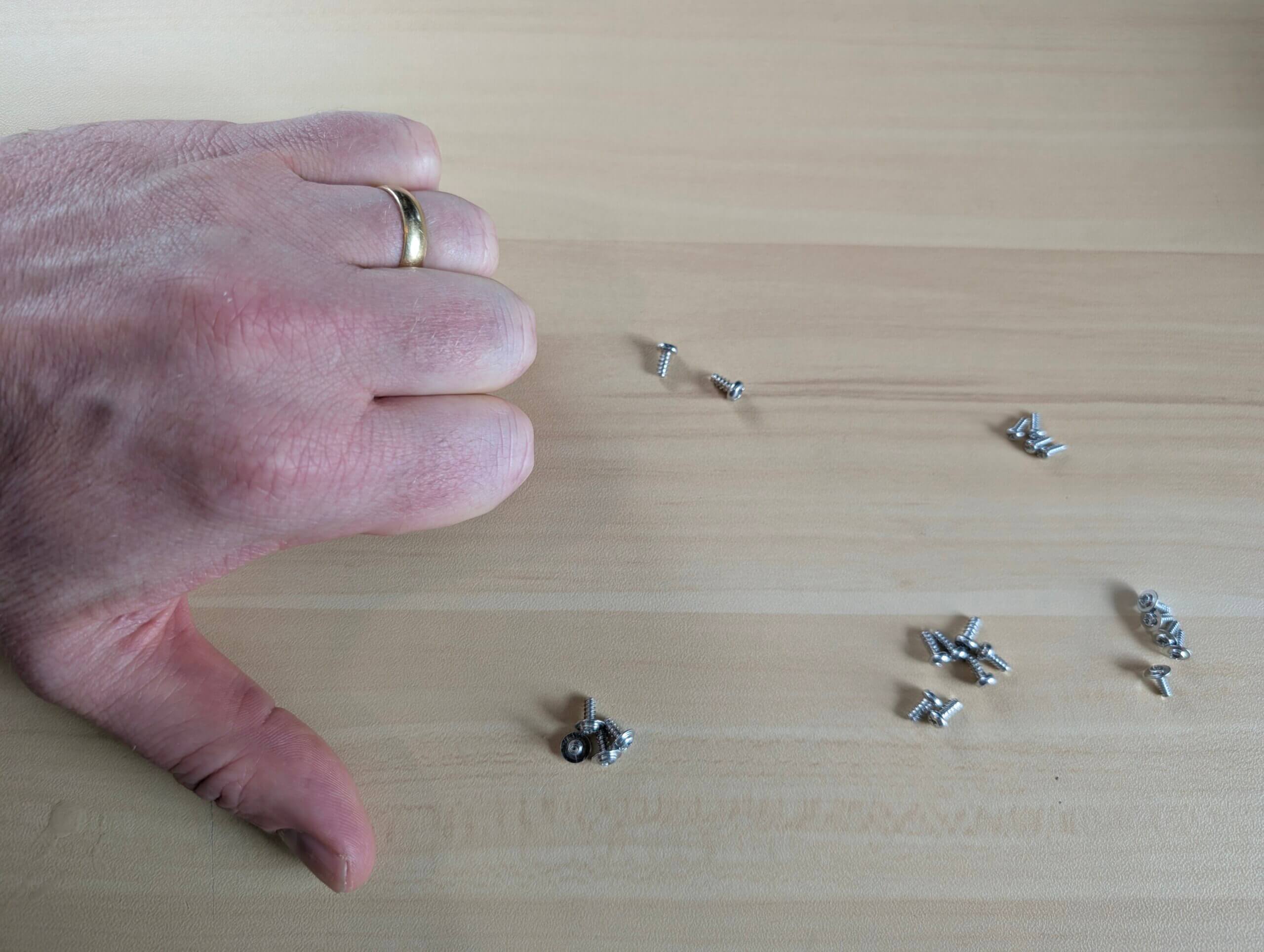
Here’s a condensed version of our teardown, just highlighting the cool features:
informal is a freelance collective for the most talented independent professionals in hardware and hardtech. Whether you’re looking for a single contractor, a full-time employee, or an entire team of professionals to work on everything from product development to go-to-market, informal has the perfect collection of people for the job.